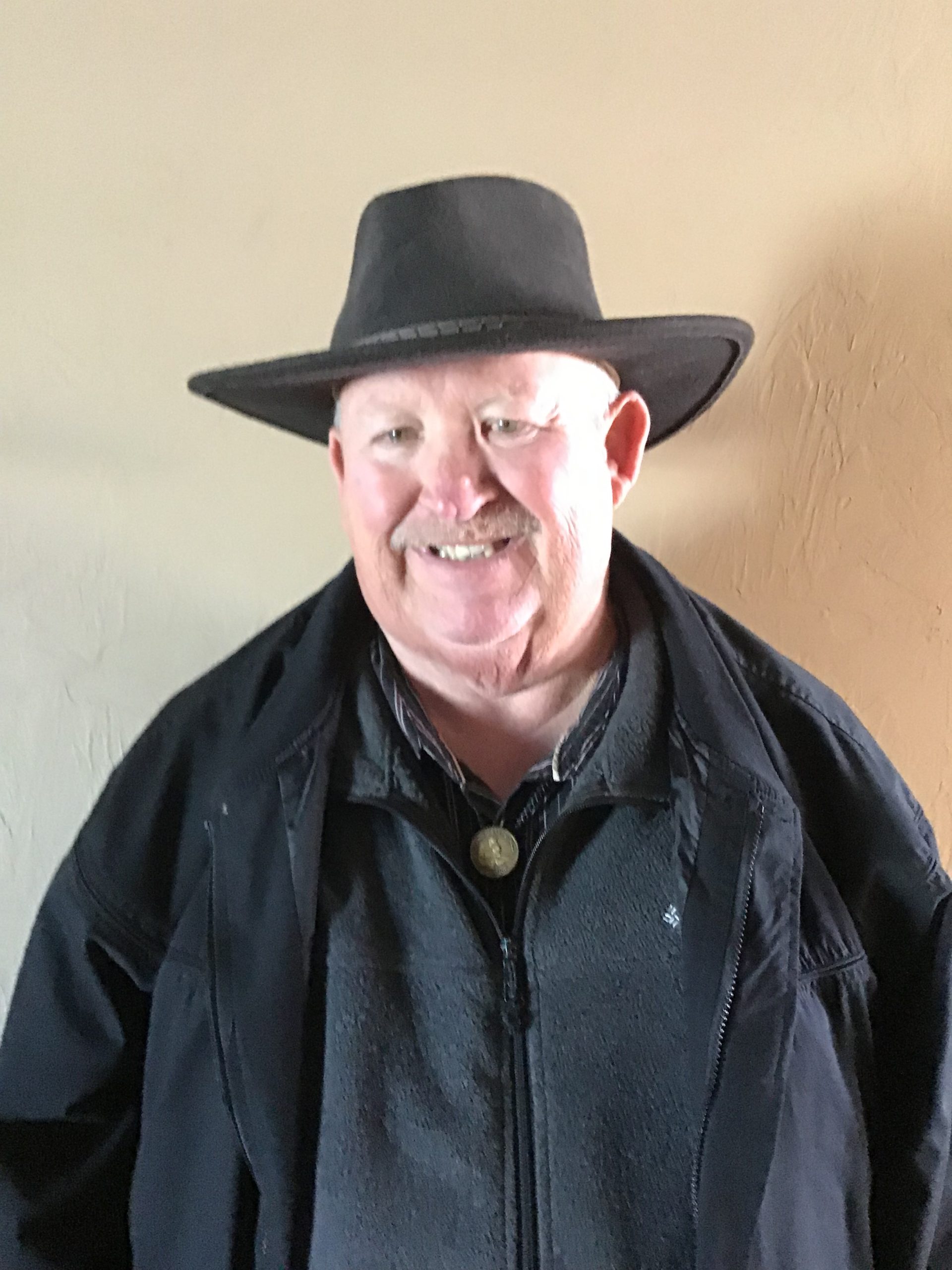Some information may be outdated.
There’s a disease, causing ongoing damage to public lands and nearby communities in rural Utah.
I call it “Public Land Expansion Syndrome,” and its continual craving for more and more territory is never-ending.
The environmental nonprofits and outdoor retailers, addicts hooked on obtaining more land from the federal government, have specific marketing strategies to keep public lands forever expanding. The goal is to increase profit and keep their product alive and well.
Bears Ears National Monument is the latest promotion project. Companies like Patagonia, Black Diamond, and others benefit financially in the fight to “Stand with Bears Ears.”
Propaganda campaigns are using grossly distorted Photoshopped images showing out of control mining operations or oil wells pumping away next to pristine vistas. Exaggerated articles are used to attack local opposition in communities where public land expansion is hotly contested.
Organizations like the Friends of Cedar Mesa, Utah Diné Bikeyah and Southern Utah Wilderness Alliance are lobbying for political favor and hiring attorneys who litigate against the county, state, and federal government seeking settlements, attention, and slowing down any potential commercial activity while big donors provide funding to encourage these actions under the guise of saving the environment.
These lawsuits have had devastating effects on local communities, who depend upon public lands to live. When questioned about the economic losses of existing industries, the patent answer given is that tourism is the way to economic prosperity.
In fact, budgetary shortfalls for basic infrastructure in areas impacted by tourists are at a breaking point. Zion, Arches, and the Grand Staircase-Escalante National Monument are typical examples. Grand Staircase-Escalante National Monument visitation has increased 63% over the last decade with 1.1 million visitors from October 2017 through September 2018, according to U.S. government figures and its still climbing. Local communities suffer as infrastructure is taxed beyond what they can provide.
Public Land Expansion Syndrome is a danger because the end result is the destruction of higher-paying jobs and the unraveling of the social fabric that communities inherit through generational residency. Young people are forced to leave due to economic hardship. The nonprofit hierarchy get rich by the legal actions they implement and rather than improve communities, they systematically destroy them. Escalante and Moab are two classic examples.
All the while, continual lobbying is going on for more “protected” public land.
Blaming others as the problem is another tactic used to divert attention away from the problem. 4×4 enthusiasts and UTV riders are portrayed as a nuisance by a vocal few. NGO sympathizers are often active in local politics and constantly lobby against others who use the roads and trails. They try to redefine what is appropriate use and have no qualms about keeping out those with different recreational tastes than their own.
Public Land Expansion Syndrome discriminates because it singles out one user over another.
Recently, a Utah Congressman proposed a controversial bill to include bicycles into restricted lands. The 1964 Wilderness Act prohibits the use of any form of “mechanical transport” in wilderness areas, keeping motorized vehicles like cars, dirtbikes, ATVs and aircraft out of these areas. Motorized electric bikes have also been suggested. This sets a dangerous precedent for discriminatory use to other public land users.
The sustainable economy promised when setting aside public lands has not been fulfilled. Environmental nonprofit entities have created well-paying jobs, but only for themselves.
Instead, we’ve seen more poverty among the working class. Workers cannot bear the higher expense of living in communities they once thrived in. Quiet outlying areas are seeing rental and property prices increase as workers move further away searching for affordable housing. Mom and Pop businesses struggle to find help and temporary foreign workers are being utilized. All the while, continual attacks on industries such as mining, oil, logging, and ranching by the Public Land Expansion Syndrome crowd is ongoing.
Small ranching and farming operations are one business that has been overlooked as a bright spot in communities. In terms of direct impact, the industry is clean and reliable. Generations of ranching and farming families have been able to thrive and contribute to communities they live in. Collaboration between ranchers and farmers with federal agencies have created sustainable jobs.
If it was once about protecting the land, that is no longer the case. The environmental and societal damages are a diversion, hiding the ugly truth that Public Land Expansion Syndrome itself is a huge contributing factor.
Kelly Green is a lifelong resident of southeastern Utah. Poet, author, grandfather, and outdoorsman, Kelly is a strong advocate for multiple use on public lands and is active in promoting a responsible and balanced approach for public land use.
The View is our space to feature local voices and opinions. Opinions expressed in The View do not necessarily reflect the views of the Moab Sun News.
Appreciate the coverage? Help keep local news alive.
Chip in to support the Moab Sun News.



